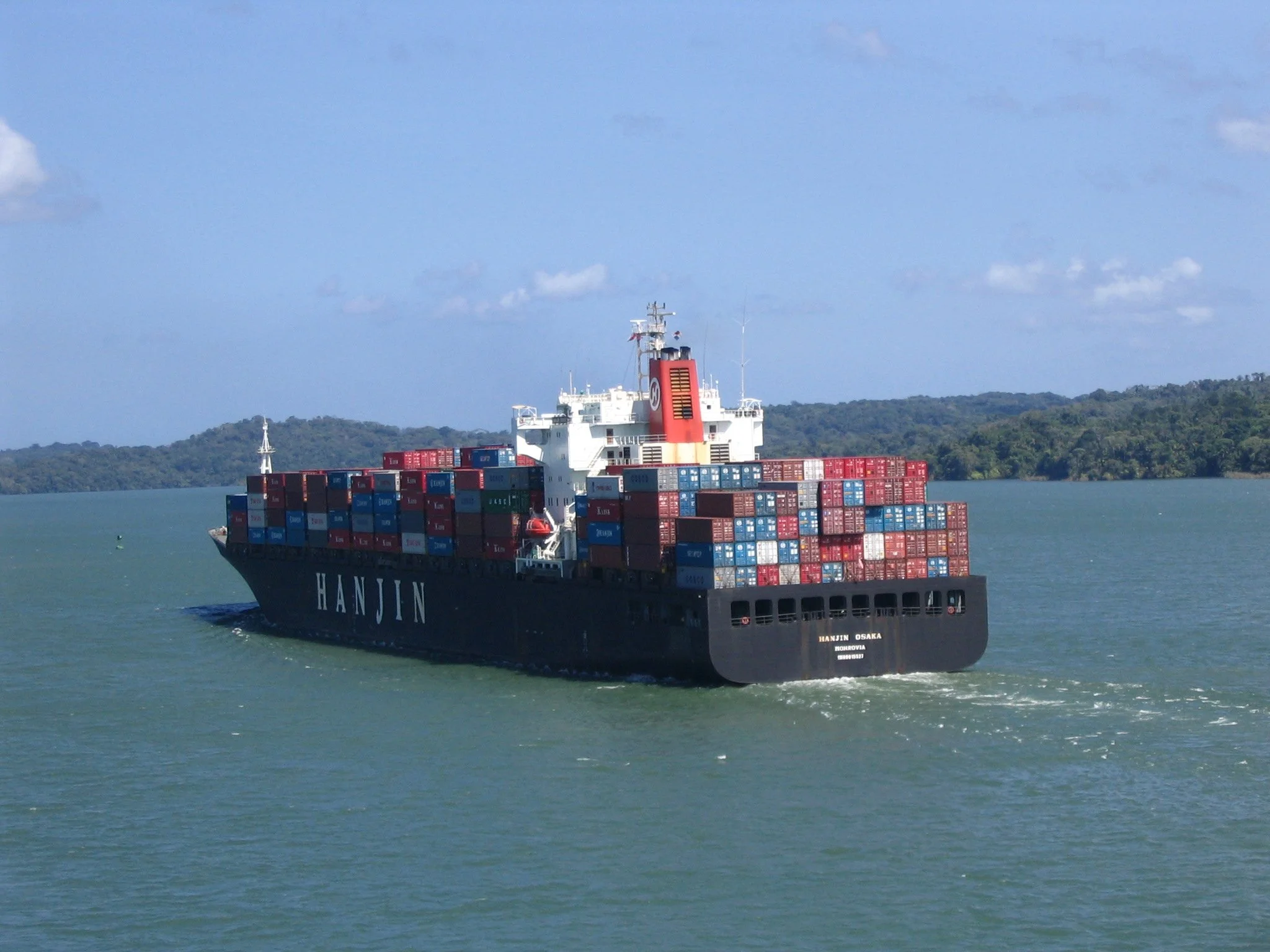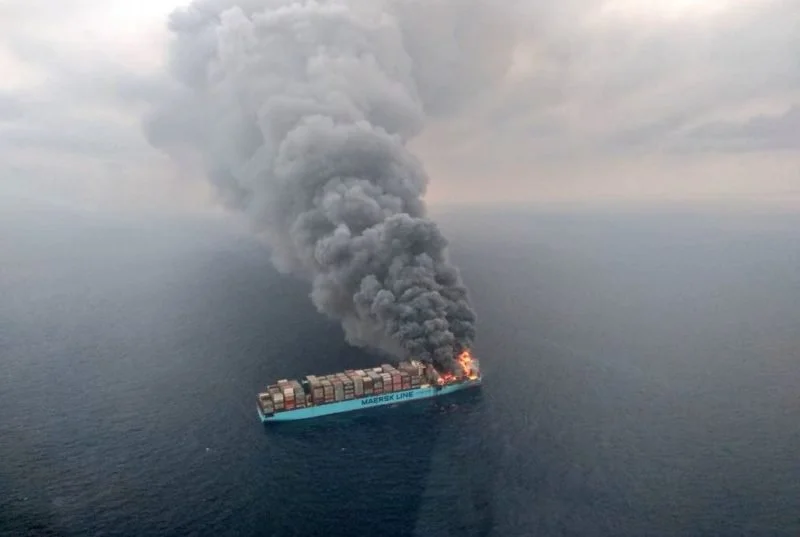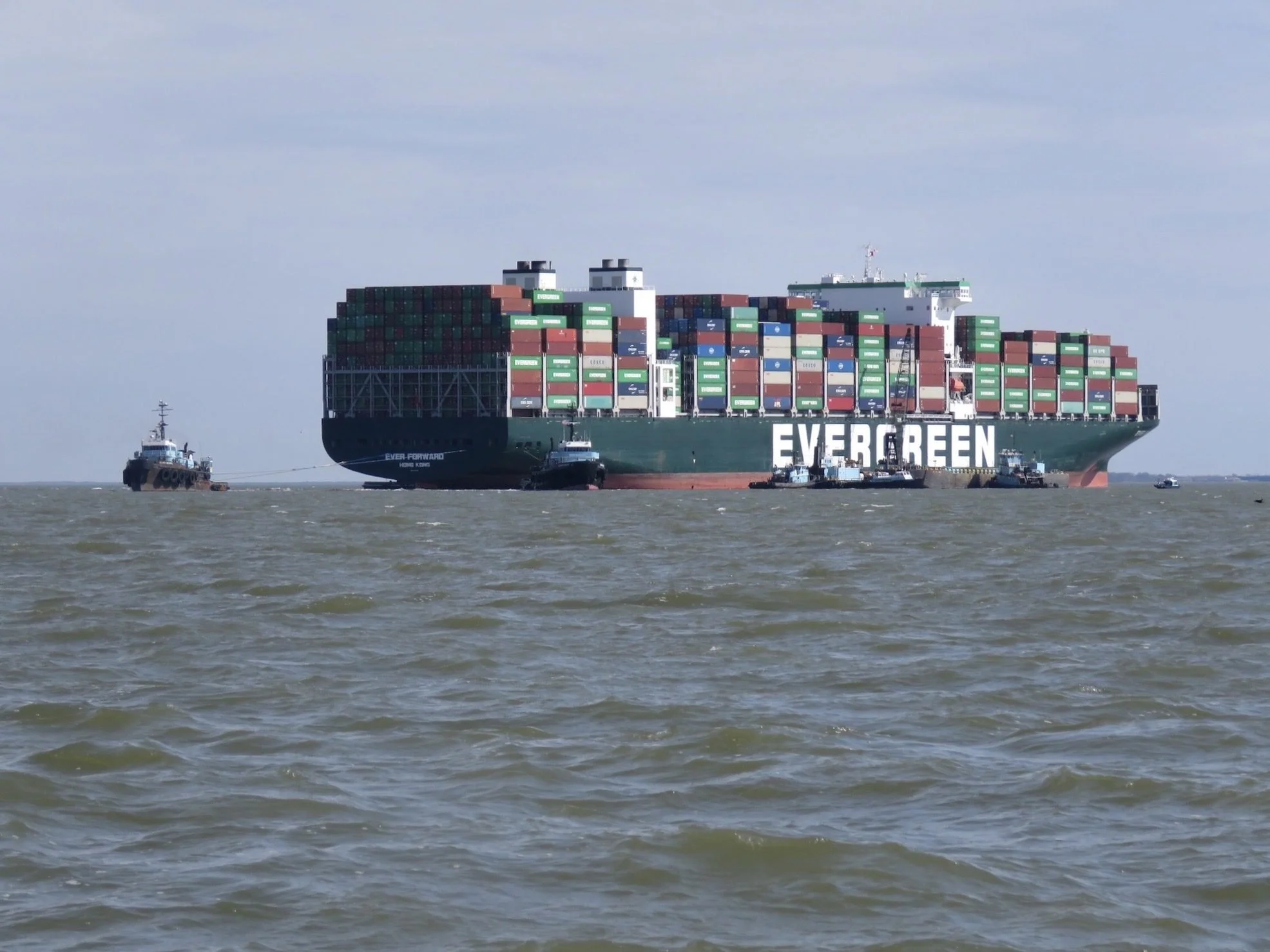
Understanding General Average
A real risk not to take lightly
Much of Maritime Law was written over 100 years ago. By nature, it overwhelmingly favors shipowners and vessel operators with many peculiar laws which further emphasize the need for comprehensive insurance.
General Average (GA) is an example. GA is the principle where all parties involved in a sea voyage share any losses incurred. The share a shipper will pay correlates with the share of the cargo. Aside from having no claim against the carrier for the loss of their cargo, shippers could be liable for tens of thousands of dollars if they have cargo on a vessel where GA has been invoked.
Think it can’t happen to you?
Don’t be so sure.
There have been 8 general average claims in the past 20 years and a claim every year since 2020.
In every case, cargo owners, including those who lost their cargo completely, have been required to post bonds that exceed $100,000.
The risk of General Average claims have and will continue to increase
Here’s why:
-
As global trade accelerates, container ships are growing in size at an unprecedented rate. Since the early 2000s, when the 8,500 TEU Post Panamax II vessels were introduced, the scale of container ships has expanded dramatically. The 18,000-21,000 TEU ULCVs (Ultra Large Container Vessels) of 2013 are now giving way to 25,000 TEU MGX-24 vessels.
These larger ships, with longer hulls and deeper drafts, challenge the capabilities of existing infrastructure, pushing the limits of bridges, canals, harbors, and ports. As ship sizes continue to outpace infrastructure upgrades, the risks of vessels running aground, blocking canals, and colliding with bridges are becoming more pronounced.
-
In 2023, the Panama Canal faced its second driest year on record, causing water levels in Gatún Lake, a vital part of the canal system, to drop significantly. To manage the reduced water supply, the Panama Canal Authority (ACP) restricted daily ship transits from 38 to 24, beginning in November. This led to delays, a sharp rise in shipping rates, and an increased risk of larger, heavily-laden vessels running aground.
The Suez Canal has encountered similar challenges with low water levels, raising comparable risks.
In response, some carriers opted for alternative routes around the Cape of Good Hope in Africa or Cape Horn in Chile—both known for high winds and rough seas. Each year, hundreds of containers are lost on these treacherous passages. As vessels grow taller, the risk of capsizing in such extreme conditions also escalates..
-
Escalating conflicts in the Red Sea and Black Sea, along with heightened tensions in the Persian Gulf and Taiwan Strait, have created hazardous conditions for commercial vessels. Between October 19, 2023, and October 19, 2024, approximately 30 to 50 merchant ships were attacked.
Additionally, increased pirate activity by Somali groups between the Arabian Sea and the Gulf of Aden has led to hundreds of attacks on merchant vessels, resulting in billions in losses.
Although none of these incidents have yet triggered a General Average claim, the marked rise in their frequency indicates that a catastrophic loss is not only possible but increasingly likely.







